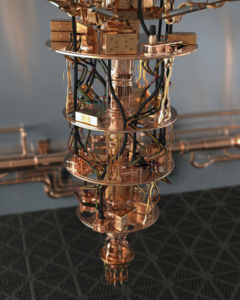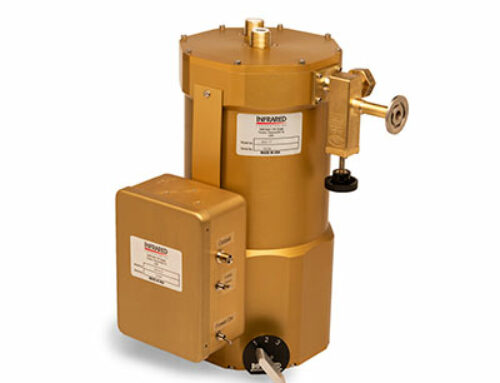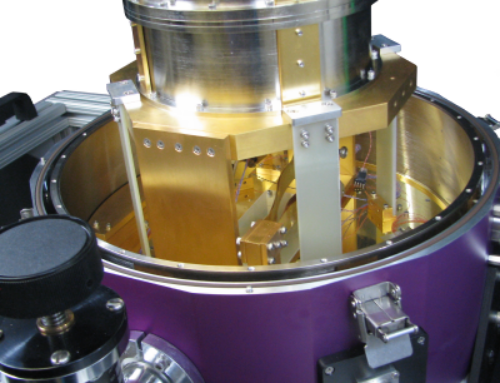 Once the stuff of science fiction, a future when quantum computing is ready to solve our most vexing problems may not be too many years away. In fact, there may be as many as 5,000 quantum computers up and running by 2030, albeit without the chops to deal with the sort of complex questions they’ll ultimately be tackling.
Once the stuff of science fiction, a future when quantum computing is ready to solve our most vexing problems may not be too many years away. In fact, there may be as many as 5,000 quantum computers up and running by 2030, albeit without the chops to deal with the sort of complex questions they’ll ultimately be tackling.
Researchers estimate that that type of capacity is still over a decade out, but once all the hurdles are overcome the speed with which quantum computers are expected to operate will make today’s digital computers look like turtles in comparison. Scientists are talking about their ability to compute in minutes what might take traditional computers centuries.
The predictions for what quantum computing will be able to achieve are fantastical, ranging from finding solutions for world hunger and climate change to developing more effective drugs and finding better materials from which to build batteries for electric vehicles.
Alongside developments in quantum computing, however, advances in low-temperature physics must occur. Without low-temperature physics or cryogenics, the work being done in the field of quantum computing could never happen.
The Importance Role of Cryostats in Quantum Computing
Quantum computing relies on subatomic particles known as qubits. The entanglement and coherence of these particles are the stuff around which quantum computing revolves. Where digital computing uses ones and zeroes, quantum computing uses qubits, which, through spinning action, can take on the value of one and zero at the same time.
The main challenge with qubits revolves around temperature; they can only be detected at temperatures approaching absolute zero, when they are at a low energy level.
These extremely delicate cornerstones of quantum computing must remain at low temperatures for stability. Even at 4 kelvin they become excitable. The best cryostat systems are designed to maintain temperatures below 100 millikelvins.
Qubits might be thought of as having the fragility of Faberge eggs. Without the ability to keep them within millikelvins of absolute zero, quantum computing isn’t possible.
Such low temperatures prevent decoherence, or the interaction between qubits and their environment, thus minimizing excitement and allowing them to maintain their quantum state longer. They can tolerate no disturbance from vibration or thermal energy.
It’s Not an Ideal System Yet
Currently, the cryostats needed to provide adequate cooling for quantum computing are large and suck up a lot of energy. Cryogenics is rapidly developing, however, to meet the strict specification of researchers in quantum computing.
One of the biggest challenges for researchers working in low-temperature physics is the fact that all equipment generates heat when activated. The right materials must be identified and incorporated in cryogenic equipment in order to control the amount of heat emitted and maintain the required temperature.
For the present, a quantum device is usually housed in a cryogenically cooled, well-isolated room. The radio frequency circuitry used to signal the qubits must exist in a room at normal temperature.
Very low-frequency microwave signals are relayed to the qubit in its colder-than-outer-space environment. The readout signals must then be significantly boosted in order to be detected at room temperature.
Eventually, quantum computers will be able to take on complex problems too thorny for today’s computers. These next generation computers will take days to solve what would require traditional computers years. The day is not here yet, but it is within sight.
Pioneers in Cryogenics
IRLabs has been a leader in cryogenics since 1967, producing customized systems for researchers in a variety of fields. We work with clients to offer customizable and standard cryostats to meet the most demanding specifications.


